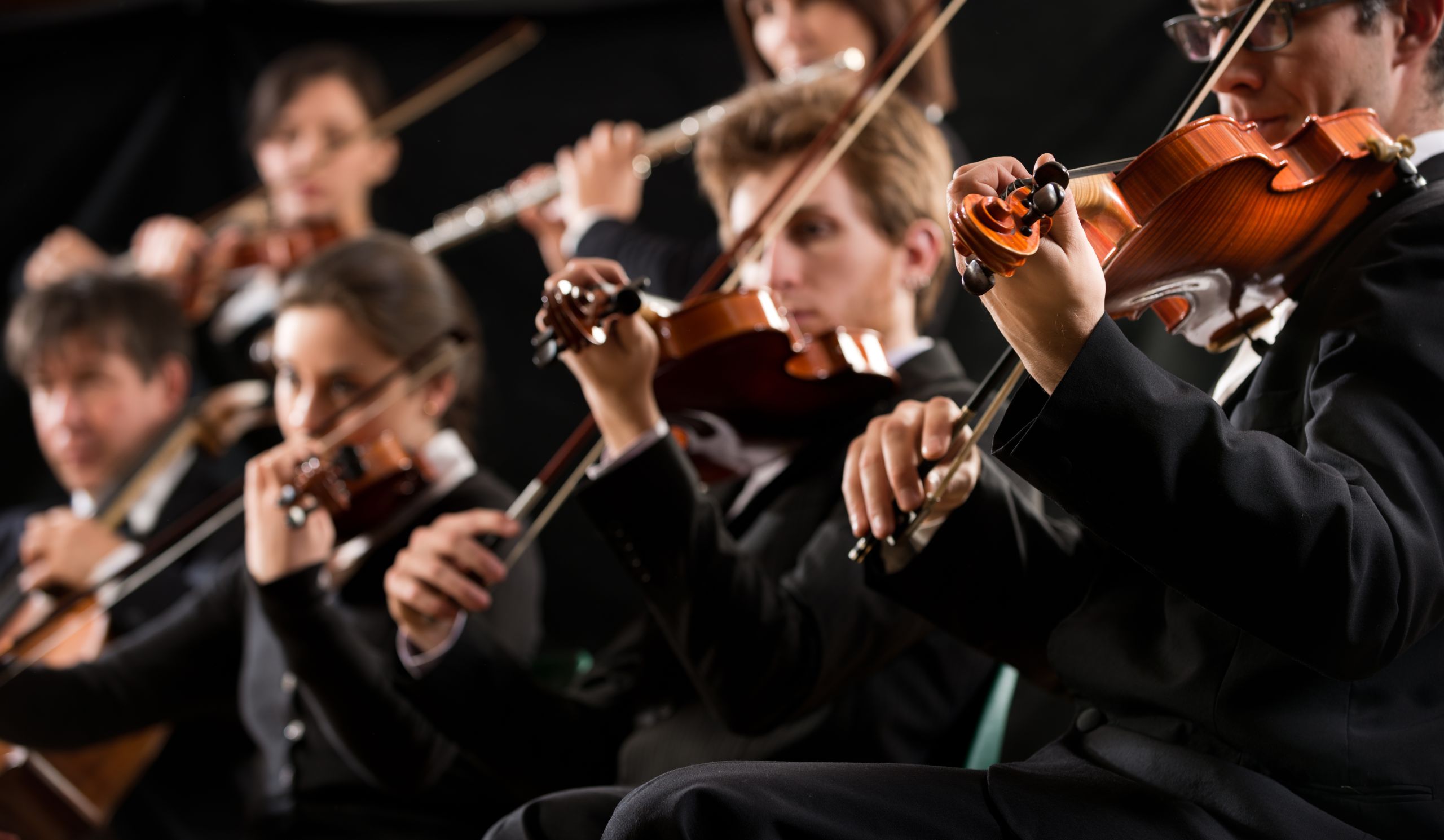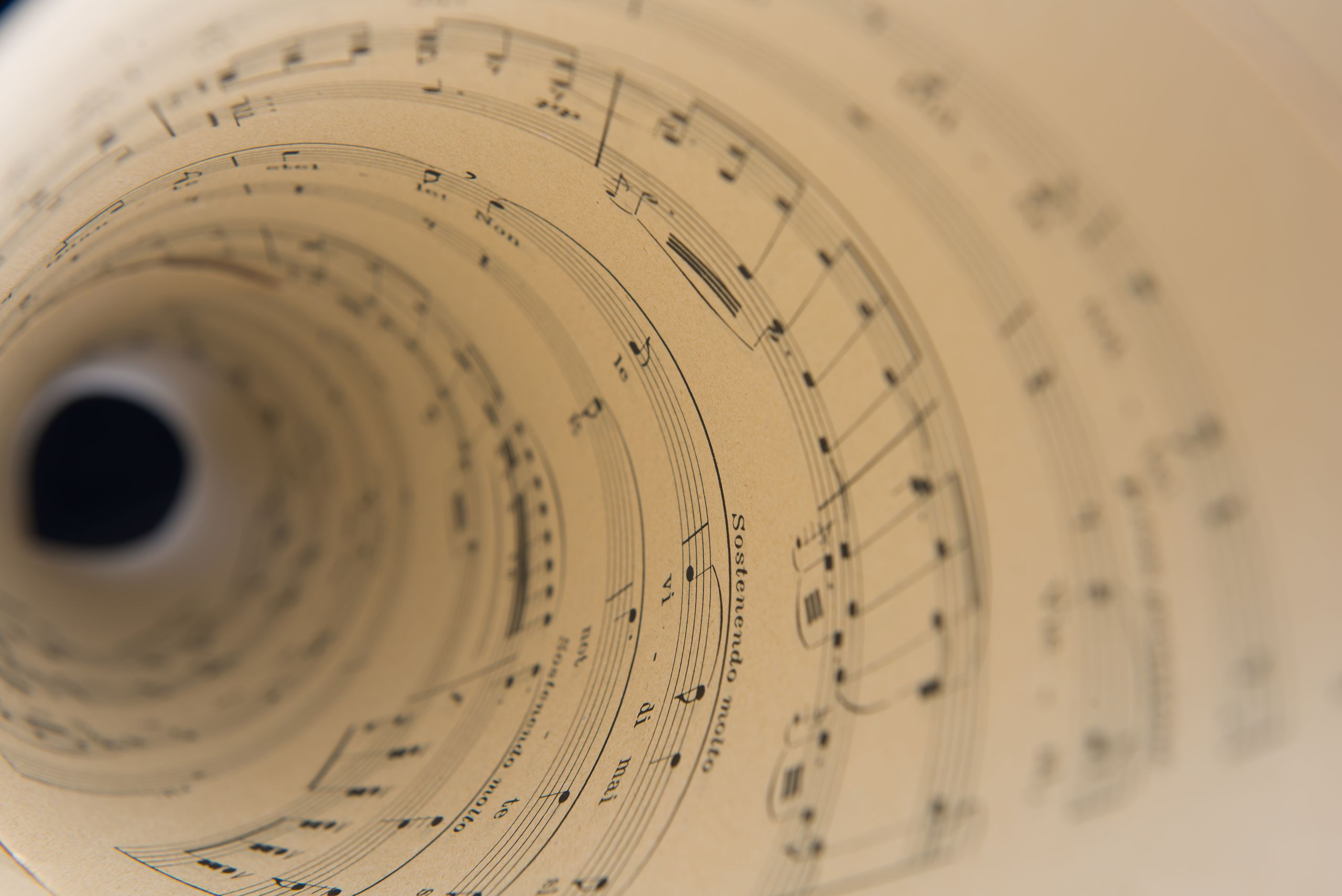In the Rhythm of Money
Are we dancing to the beat of money?

What awaits you in this book?
Whether you like to dance, play an instrument, or tinker with an engine, tact is ubiquitous. Just like money in today's society. At first glance, the two have nothing to do with each other. In fact, people have probably always had a sense of rhythm.
However, it was not until around 1600 that rhythm began to be measured in beats without exception in Europe, i.e. time was divided by beats at regular intervals. Today we know practically no other form of rhythm. It was no coincidence that modern markets and capitalism came into being at about the same time, and that money has set the rhythm for everything ever since. Rather, there is a close connection between the emergence of our modern sense of rhythm and the rise of capitalism. A steep thesis by Eske Bockelmann that shows us how deeply money really pervades us, right into our innermost being.
What can you learn from this reading?
- You will learn how Europe changed in the 17th century and how a modern market economy, an all-encompassing use of money and capitalism revolutionized the world.
- You will understand what rhythm and beat are and what a fundamentally new sense of rhythm and beat emerged in the 17th century that still prevails today.
- You recognize the connection between the modern monetary society and our reflexive perception of rhythm.
- You become aware of how deeply the handling of money affects the subconscious of all people.
How is the document structured?
In five parts, a film demonstrates the emergence of the modern beat rhythm and the simultaneous triumph of modern money. In parallel you can read the spoken text as an article. Film and text are divided into the parts: "A new consciousness arises", "The discovery of Eske Bockelmann", "Origin of the beat rhythm", "Thinking power and rhythm" and "Money penetrates the world".
Who compiled this document?
Eske Bockelmann is a classical philologist and Germanist. He has been teaching at the TU Chemnitz since his habilitation. Bockelmann has repeatedly discussed the topic of money and the monetary economy in fundamental books and essays, including, for example, "Im Takt des Geldes" (2004) and "Das Geld" (2020). The text of the film was written by him. The project was realized by filmmaker Andreas Walter.

Are we dancing to the beat of money? The hustle and bustle in the big cities suggests this. That money should influence and shape our sense of tact is a far-fetched thought for many. Therefore, one after the other: how and when did modern money come into being? And how did one determine this? Newspapers hardly reported about this renewal, no government decree was needed. We trace the changes in the trade markets after 1500 and find: a key area is the change in the sense of rhythm at the beginning of the 17th century. Did trade bring the new rhythm?
The European world experiences a tremendous change at the beginning of the 16th century. Vibrant markets emerge and merge into a single, transnational market for the first time in history. It is the birth of the market economy. Money becomes ubiquitous. Capitalism is founded on this, it is the genesis of modern money. This influences our consciousness and our perception of rhythm. But what is the new consciousness and the new rhythm based on? It is - the money. This is the thesis of Eske Bockelmann.
But look for yourself ...

A new Consciousness develps
„New silks from Lyon…Flemish cloth…Pepper, cinnamon and nutmeg from India…Grains from Russia… Lisbon, Antwerp, Venice… Venice!“ In the markets of 16th century Europe, something is happening… The days of mere pennies are over. Great silver thaler are now being minted… and great is also the change that the world is now experiencing.
A great change to the European way of life, that until now has been almost entirely rural. Cities are now becoming more important and busy markets are emerging. These markets, along with many other places where trade takes place, are now combining – for the first time – to form a single market. They are becoming part of a trans-national trade. Now, for the first time, we see the emergence of what we’ve come to call… the market economy.
And suddenly money is everywhere. The markets, trade in general, require its constant use. Ordinary household items must now be bought. There’s now only one possible way to get them, and that’s with money. Money becomes essential to everyone, so they can buy what they need. More and more things are now appearing in shops – products are available for money in a way that was previously unknown – in fact, inconceivable.
Now, for the first time, money begins to penetrate and operate within society in the way that we all nowadays take for granted. It is the beginning of an immense transformation for the people of 16th century Europe. Like a departure to a new world, this transformation embraces every aspect of life. What an item is worth is no longer set by the authorities. The perception of value itself begins to shift.
People are freeing themselves from the prevailing world order. The unity of the church is breaking down. A deep crisis spreads throughout Europe. A society based on money is emerging, where there were local communities. And that is a devastating transition. One hundred years of civil war is the result.
And these fundamental changes mean an inevitable shift in our way of thinking. A new form of consciousness emerges… No, it’s more than that. The change in how we think goes deeper, much, much deeper. It reaches all the way into our subconscious. How do we know this?
What enables us to see so clearly, deep inside our inner selves?
Large Silver Coin of Zürich
Large Silver Coin of Zürich
The Discovery by Eske Bockelmann
Researcher Eske Bockelmann has made an astonishing discovery. He has shown that the way money now operates affects us deep inside, touching an area where we react completely unconsciously. It has affected our perception of rhythm.
Money in its modern form defines what we perceive as being rhythmic. There is a deep and direct connection between money and our sense of rhythm. So, alongside all the other profound changes taking place in 16th century Europe, we see the appearance of an entirely new way of perceiving rhythm.
We in the 21st century also perceive rhythm in this way – completely automatically, entirely naturally – and in doing so produce what can be called ‘beat rhythm’. This beat rhythm has its origin in the fact that we have to deal with money every single day – something that emerged in the 16th century Europe for the first time in all of human history.
But what exactly is this beat rhythm?
Firstly, there’s a type of beat, that underpins everything. Secondly, this beat sets up units of equal duration. Thirdly, these units always form groups of two: “one-two, one-two, one-two, one-two, one-two”, or perhaps groups of exponents of two, that means groups of – four units, eight units, and so on, and so on.
So, when we hear a sound, we perceive it as rhythmic – at exactly the point at which it conforms to these ‘laws’ of beat-rhythm.
What exactly does it do?
- Firstly, it identifies the periods between each tick as being equal units.
- Secondly, it emphasises one unit in relation to the unit that comes after it: stressed and unstressed, tick-tock, one-two.
- Thirdly, by distinguishing between the two units our perception creates a connection between them. Each sequence of two units is combined into a group.
That’s how it always was, and that’s how it will always be – that’s something we’re firmly convinced of. But this is exactly where things become interesting. For this belief is wrong. It wasn’t until around the end of the 16th century that people began to perceive rhythm in the same way as we do today – as beat rhythm. Of course – people had also felt rhythm before then – but that had always followed a completely different system. A system – that had absolutely nothing to do with the rules and structure of beat rhythm.
Origin of the Beat Rhythm
Let’s put that all together:
Beat rhythm, our rhythm, has not always existed but in fact emerged during the course of history. In other words, it’s a product of specific historical conditions.
These historical conditions appeared in the 16th century for the first time, but they have existed uninterrupted until the present day.
Beat rhythm is created by an automatic reflex within us. This reflex emerged in the people of 16th Europe as the result of historical conditions. And that is something truly amazing: a reflex that is the product of history.
But which historical conditions are these? What was at that time so new? What can it be, that has compelled us ever since to involuntarily adopt and use this – one-two one-two system? The answer is simple, but astonishing: The historical facts point directly to one factor being the sole cause of this acquired reflex, namely money.
More specifically: money as part of everyday life, which only came about in the 16th century. But in which way does money become an everyday phenomenon? Simple: we use it to buy things – nearly everything has a price. Every purchase is simultaneously both a purchase and a sale. Money in exchange for goods, goods in exchange for money. In other words, we never engage solely with money but instead always with money together with something else.
It is the conditions we are born into that train us to create this connection – a world in which the primacy of money is fully established. A world where most of what we need to live can only be bought, can only be obtained in exchange for money. In other words, we need to not only be familiar with this connection between goods and money, and the two units of this strange thing called ‘value’, but also to create them ourselves in our thinking. Constantly, every day, without stopping to look at what we are doing. We need to think like this automatically.
It works like this: Firstly, we think in terms of equivalent units – pure units, that in themselves actually consist of nothing. And secondly, we think in terms of these units as we connect them together in pairs, over and over again. Doesn’t that remind you of what we discovered earlier when we looked at our beat-rhythm reflex? We create units of equal value, connect-them-in-pairs – over and over again. With money, our brain operates, unconsciously, in exactly the same way as we saw earlier with regard to rhythm.
Money and rhythm: two things that could not be more different. The distance between them seems immeasurable. But it is the same thought process. We simply carry it over into an area, where we no longer recognise it.

Way of Thinking and Rhythm
But why does this way of thinking, that we use with money, also fit in so well with rhythm, or more precisely, with our perception of rhythm? When we listen in terms of beats, we also create units, more precisely units of time, and again combine them into groups. When doing this, we don’t perceive the tones themselves as being these units, but instead the distances between the beats, within which the tones operate.
And this similarity of form, between empty units of value on one hand and empty units of time on the other, is without doubt the reason why this mental process is also active in us when we perceive rhythm.
In other words, we are not able to limit this automatic mental process to its original domain of money and goods. For this process knows no limits. So let’s start with money. I’ve got a – one euro coin in my hand, two euros, fifty euros, we’ve got a couple of thousand in the bank, shares worth four million ... We always know, whatever the coin happens to look like that it’s not its value itself, but simply represents it, and that value is only ever represented, by the same invisible substance. And the goods? There are units of value in a pack of butter, in a loaf of bread, in a bottle of red wine, in a table, in a chair, in a lamp, in the light that it provides for us, in the fee that permits us to spend a day at a leisure centre …In short – there’s nothing that can’t become a commodity, nothing that can’t be given an imaginary monetary value.
There are no limits to this process of attaching value to goods. And there is nothing that prevents our consciousness from attaching this unit of ‘value’ to any kind of object, or any kind of thought. That this process extends beyond the realm of buying and selling is inevitable. It must reach out into other areas. Our perception of rhythm is just one example.

Money rules the World - from the inside
Money rules the world? Yes, and from the inside. There are thousands of visible examples of its effects. From the wealth it brings to a few, to dioxins in food as a result of its production being linked with commerce. From the latest oil disaster caused by the fact that regular maintenance on a drilling platform was ‘too expensive’, to the crisis of climate change that remains unaddressed ‘because the economy needs to keep running’. But we also need to be clear about the far-reaching nature of its invisible effects. How far, and how deep. Rhythm is one area that shows us how deeply it influences us all. Its immense reach is also to be found in other areas. And for this reason, it is essential that we fully realise the extent to which our entire way of thinking is defined by money. Do we really want it to control us from the inside? Or, can we, at all, free ourselves from it?
It’s people, us, who have created money’s controlling power, driven to do this by nothing other than ourselves. And we have ended up creating something that also holds our innermost world together. We need to be clear about how deep the effects of money lie within us, and how profoundly they influence the way we think. We are pushed into believing that it’s not us who decide about money, but that money makes the decisions about us. Is that really what we want, that we are ruled by financial imperatives? Do we want to tolerate that?
And once again today, after 500 years of European history, we find ourselves in a deep crisis. A financial crisis. Nevertheless, money continues to operate as though nothing was happening, and whenever a situation impacts upon ‘the interests of The System’, governments exert maximum power to ensure that money retains its position – immense power. But what if one day this power were not enough? What if the power on the other side were greater?
We must ask ourselves now: what do we want to fight it with? Or better, what do we want to put in its place?


The full film below last 25 minutes and is a voice-over. If you prefer to see the transcript in English, press the button below.

